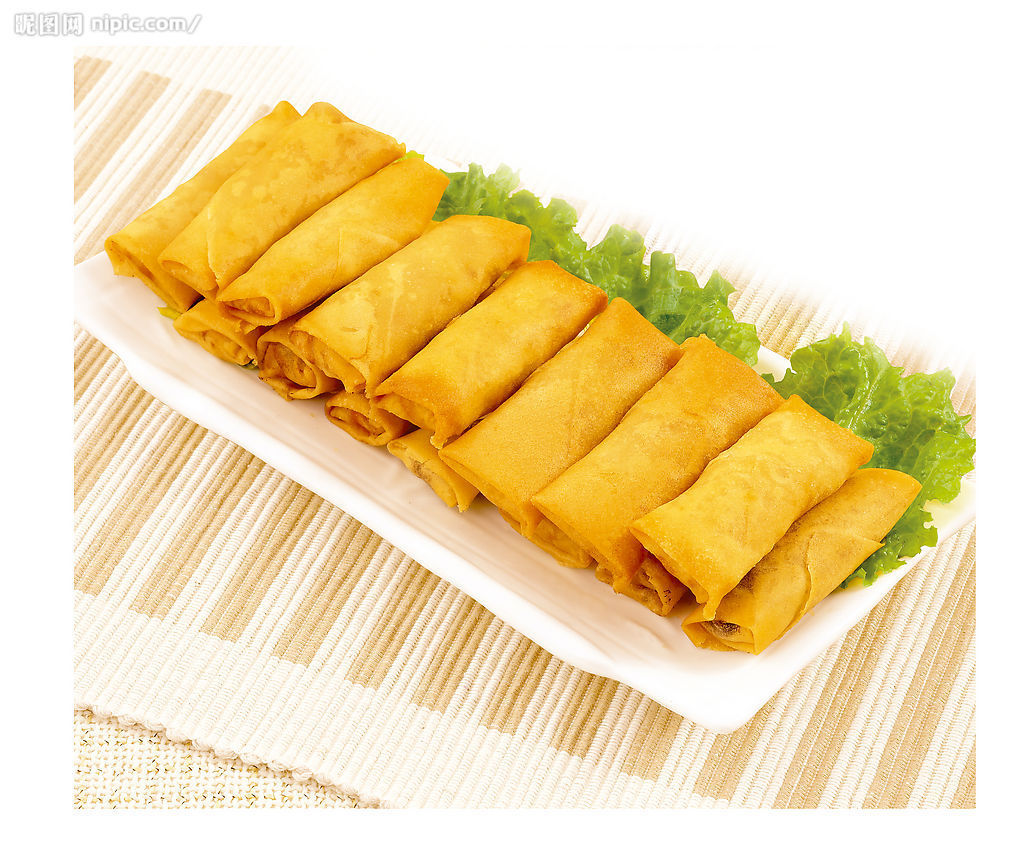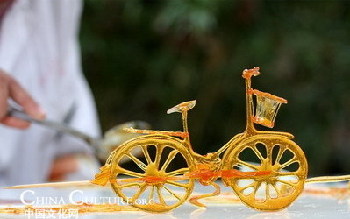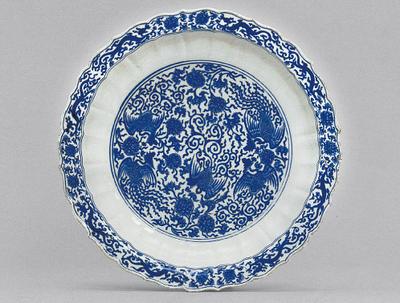| Home > China Feature |
What is Lumpia, Popiah, Chagio in China ?
The English-speaking world calls them spring rolls although this Asian delicacy has nothing to do with spring. They are served fried or non-fried and fillings vary. The wrappers vary too depending on which part of Asia you are in. Pork-filled spring rolls called cha gio are served as an appetizer in Vietnam using paper-thin rice wrappers sun dried on baskets. The Fujian-style fresh non-fried spring roll with the flour-based wrapper is known in Taiwan, Singapore and Malaysia as Popiah (or Poh Piah). Filipinos call it lumpia.
 |
|
Lumpia, Popiah, Chagio ? All is Spring Rolls in China |
Although there are no strict rules as to what can be used as spring roll filling, it is curious that many Filipinos have subconsciously categorized lumpia into three. Lumpiang ubod when served fresh is wrapped in a crepe-like sheet. Lumpiang sariwa is the generic name for non-fried spring rolls with meat and vegetable filling. Probably with the exception of lumpiang shanghai, minced pork and togue (mung bean sprouts) are associated with pritong lumpia (fried spring rolls).
But there are so many other ways by which lumpia can be prepared and enjoyed. Making lumpia does not have to be too formulaic. Even excluding traditional spring roll recipes from all around Asia, right here in the Philippines, endless varieties of lumpia can be created using familiar ingredients. There are only three significant rules to be remembered to successfully make lumpia. First, precooked ingredients should be cooled and drained to avoid getting the wrapper soaked. Second, all ingredients for the filling must be cut to very small pieces to make wrapping easy and, in the case of uncooked filling for fried lumpia, to make sure that everything gets cooked through in a very short time. Third, wrap the filling tightly to seal everything in.
With regard to fried lumpia, there are two additional guides that are useful to remember. First, seal the lumpia by brushing the sides with egg wash to prevent the juices from leaking and mixing with the cooking oil as well as to prevent too much cooking oil from soaking the filling. Second, the trick to evenly cooked and non-greasy fried lumpia is to cook them in very high temperature in a very short time.
If you feel you're ready for a new kind of lumpia, try this.
Makes 12 lumpia.
Ingredients:
250 g. of togue (mung bean sprouts), rinsed and drained
250 g. of thinly sliced beef (sukiyaki or yakiniku cut are ideal)
4 to 5 tbsps. of light soy sauce (like Kikkoman)
1 tbsp. of oyster sauce
1 tsp. of sugar
1 tsp. of grated ginger
1 tsp. of grated garlic
finely ground black pepper, as much as you like
2 tbsps. of toasted sesame seeds
2 red onions, finely sliced
12 large lumpia wrappers, separated
2 to 3 c. of vegetable cooking oil for deep frying
Finely cut the beef into strips about a quarter of an inch wide and two inches long. Place in a bowl. Add the soy sauce, oyster sauce, sugar, ginger, garlic and pepper. Mix well.
Heat about three tablespoonfuls of cooking oil. Saute the onions for about 30 seconds. Add the beef with the marinade and cook over high heat just until the meat changes color. Add the bean sprouts and cook, stirring, for about a minute. Transfer to a colander. Drain and cool. Stir in the toasted sesame seeds.
Take a heaping tablespoonful of the filling and place across the center of a lumpia wrapper. Take the wrapper edge nearest you and fold over the filling. Take the left edge and fold in. Do the same with the right edge. Roll the lumpia tightly away from you once. Brush the far edge with egg wash. Continue rolling until well sealed. Repeat to make 12 pieces of lumpia.
Heat the cooking oil until it starts to smoke. Fry the lumpia, in batches if necessary, rolling them in hot oil until golden. Drain on paper towels and serve with your favorite dipping sauce.
Art
 more
moreSculpture in Qianling Mausoleum
The sculpture of Qianling Mausoleum is the main relic of the ground ...

A Sweet Art:Sugar Painting
In and around China’s southwestern Sichuan Province, it is usual to ...

Chinese Treasure Displayed at Sha...
There are four treasures of the Chu Minority Culture displayed at th...

Custom
 more
moreWeb Dictionary
Martial Arts
12 Excellent Kung Fu Movies in 2010 You Shouldn'...
Martial Arts film can be artful and stunningly beautiful, and they...
Shaolin Monks Perform Martial Art in Moscow
A monk from China's Shaolin Temple performs Shaolin mar...
Chinese Kungfu Films Ready for the New Year seas...
The two Chinese blockbusters Let the Bullets Fly and If You Are th...





 print
print  email
email  Favorite
Favorite  Transtlate
Transtlate 







